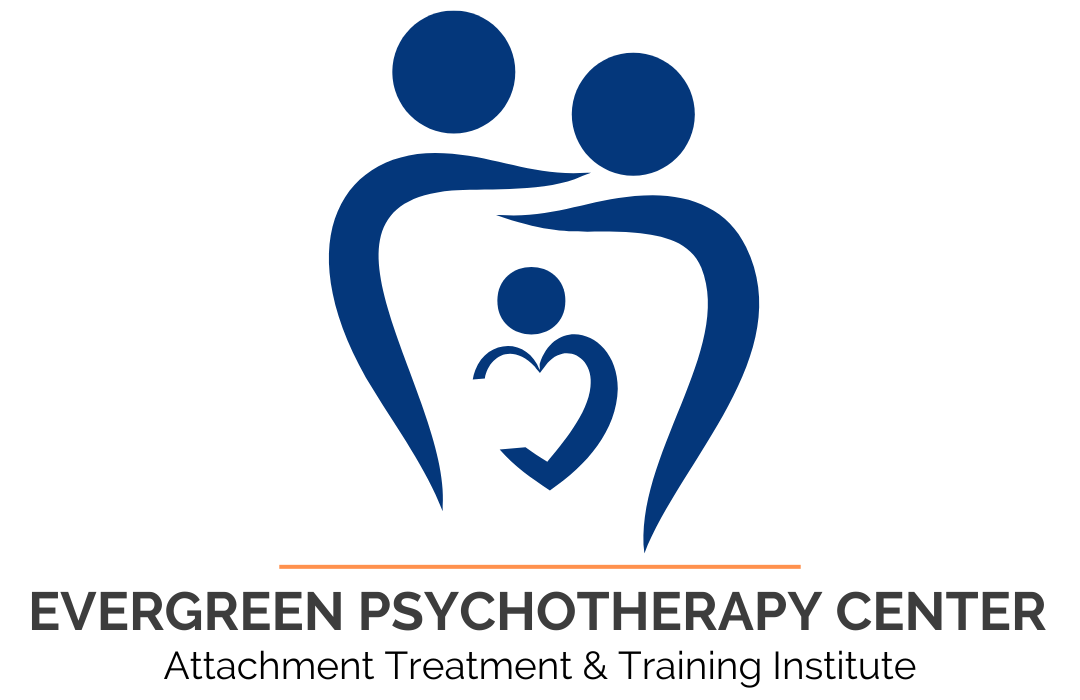The limbic system is the social and emotional part of the brain, governing attachment, nurturing instincts, learning, implicit memory (preverbal, unconscious), motivation, stress response, and the immune system (Learn more about the limbic system during infancy here.). The circuits of the limbic brain are wired together almost entirely by attachment experiences, and are altered by stress and trauma. In other words, the neurons of the limbic regions are genetically programmed to connect with one another via early child–caregiver interactions.
The primary structures of the limbic system and what they do
• Amygdala: Regulating emotion, learning, memory, interpreting facial expressions, and fear conditioning, it serves as an “alarm bell” activated by threatening and frightening experiences. It is programmed to respond to fear and potential threat. It is where implicit memory is created and stored, in utero and during the first 18 months of life.
• Hippocampus: This organizes explicit memory, in concert with the cerebral cortex, which allows us to remember facts and autobiographical events consciously. By around age 2, a child is learning language, has conscious awareness, and can remember him- or herself in a specific past event. The hippocampus is also vital to retrieving information encoded in the past; it can become impaired due to chronic stress, which can affect the ability to accurately remember.
• Hypothalamus: Interacting with the pituitary, it regulates the autonomic nervous system and neuroendocrine system by releasing hormones and neurotransmitters, such as oxytocin (the bonding chemical). It regulates primal drives and functions, including hunger, sexual arousal, blood pressure, heart rate, thirst, and the sleep–wake cycle.
• Middle prefrontal regions: Located at the intersection of the brain stem, limbic system, and cortex, they include the anterior cingulate, orbitofrontal cortex, cingulate gyrus, and the prefrontal cortex. These structures play a key role in modulating attention, self-regulation, awareness, and the integration of cognitive and emotional information.
• Thalamus: A major relay station to the cerebral cortex, it sends signals to the brain stem to stimulate the release of norepinephrine throughout the brain, resulting in alertness and arousal.
The brain and nervous system are composed of billions of neurons, which form connections with many other neurons to create a neural network. Neurons communicate with one another between gaps, or synapses, via electrical and chemical messages. Neurons that fire together become wired together. Over time, the brain circuits and networks that result from these firings lead to “wiring” of the brain. The social and emotional environment of the infant—early attachment experiences—are critical to the development of those neural networks. Changes in the wiring of brain circuits can occur at any time in life as a result of new and healing experiences (neuroplasticity).
The following is a list of the most significant neurochemicals that relate to attachment, mood, behavior, and stress:
• cortisol: Released by the adrenal glands during the stress response; increases heart rate and blood pressure and results in arousal and anxiety.
• dopamine: Associated with attention, motivation, bonding, and pleasure; drugs such as cocaine and methamphetamines trigger the release of dopamine; mobilizes the body for fight, flight, freeze response.
• serotonin: Affects mood, impulse control, and survival; plays a key role in depression, aggression, and anxiety; selective serotonin reuptake inhibitors (SSRIs) are popular antidepressants and increase serotonin flow.
• norepinephrine: Regulates arousal, alertness, attention, and motivation; makes senses more alert under stress.
• epinephrine (adrenaline): Prepares us for danger or threat by focusing attention, sharpening senses, and increasing fear.
• neuropeptides: Endorphins buffer stress, reduce pain, and increase pleasure (e.g., runner’s high). Endorphins increase during parent–child connection.
• oxytocin: Promotes maternal behavior (nurturing, nursing) toward children. Loving touch increases oxytocin in the blood of caregivers.
• vasopressin: Also plays a role in bonding and attachment, as well as inhibiting fear and reducing stress hormones.
How stress can affect us during childhood — and for the rest of our lives
When the stress response is chronically triggered, such as during childhood maltreatment and compromised attachment, key biological systems become altered and dysregulated. Research on Psychoneuroimmunology (PNI), which focuses on the mind–body connection, has found that people who suffer trauma have higher rates of serious illnesses than the general population. The Adverse Childhood Experiences (ACE) study found that adults who experienced trauma and disrupted attachment as children—including physical and sexual abuse, and parental mental illness, substance abuse, and criminal behavior—had higher rates of cancer, heart disease, bronchitis, diabetes, stroke, and gastrointestinal disorders, than nontraumatized adults.
Similar outcomes have been found in other studies: women maltreated as children had a ninefold increase in heart disease; 60 percent of women treated for gastrointestinal illness had an abuse history; significantly higher rates of chronic pain, chronic fatigue syndrome, and fibromyalgia occurred when there was a history of trauma and PTSD diagnoses.


